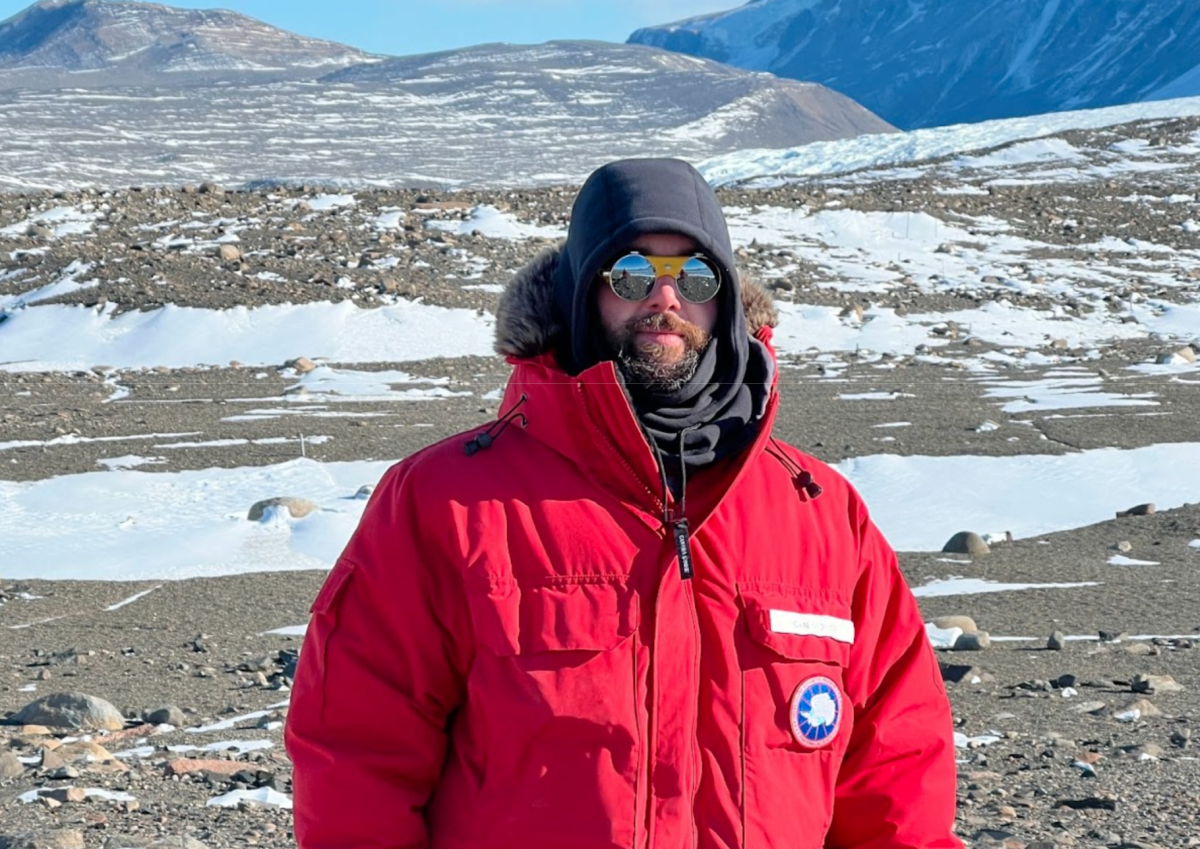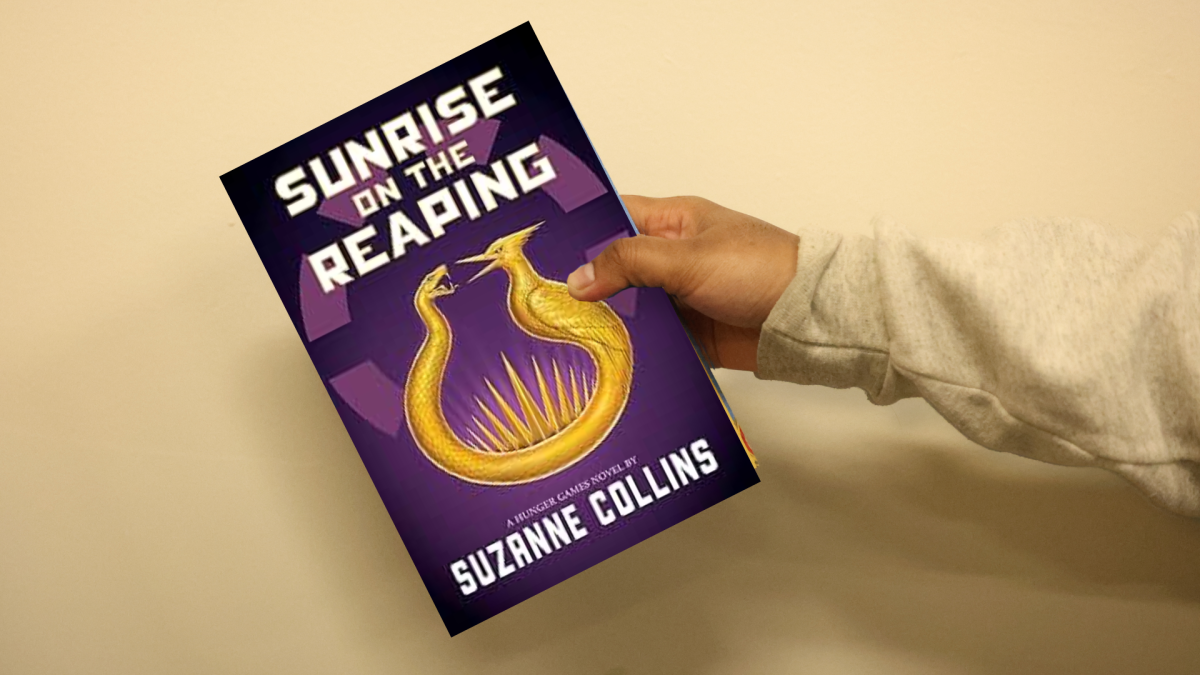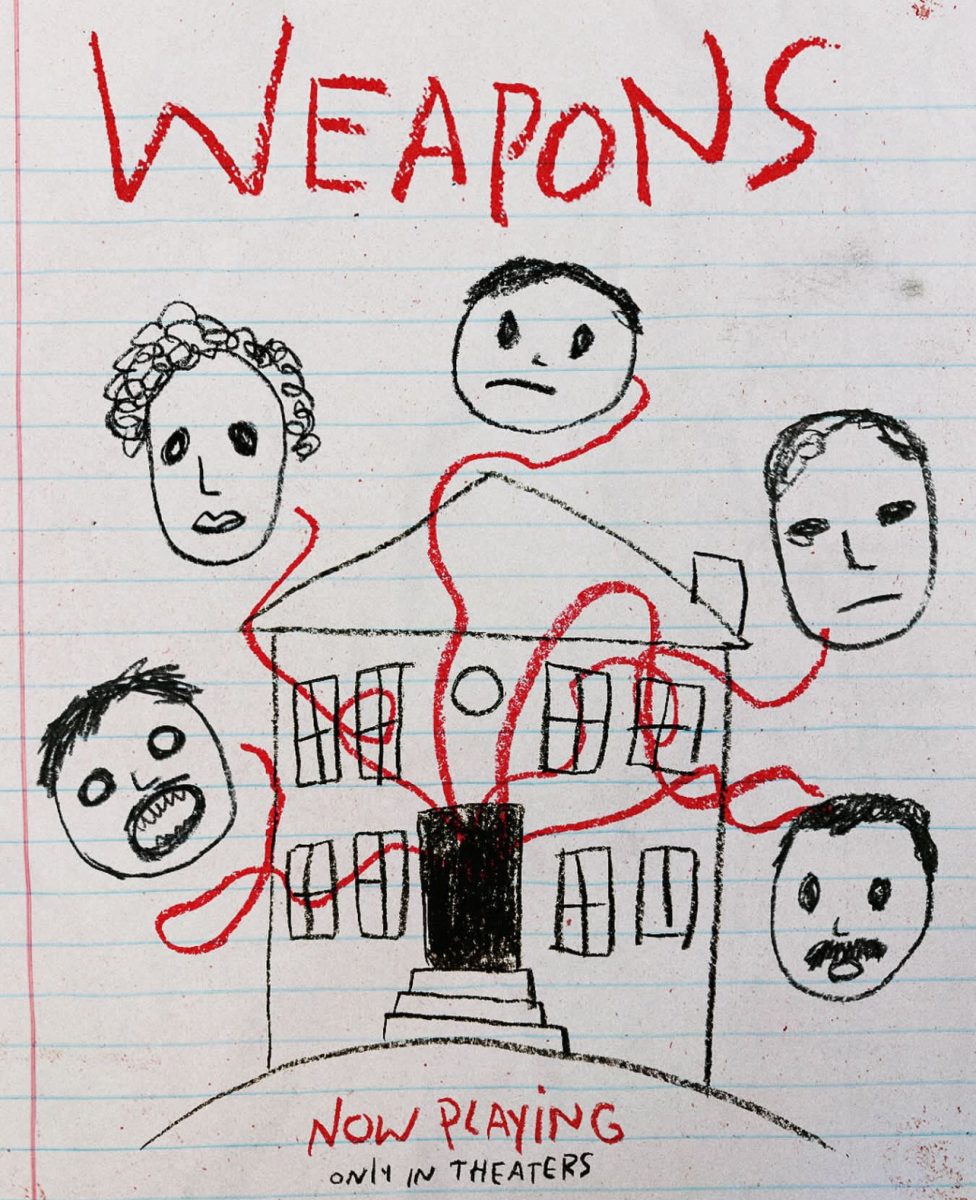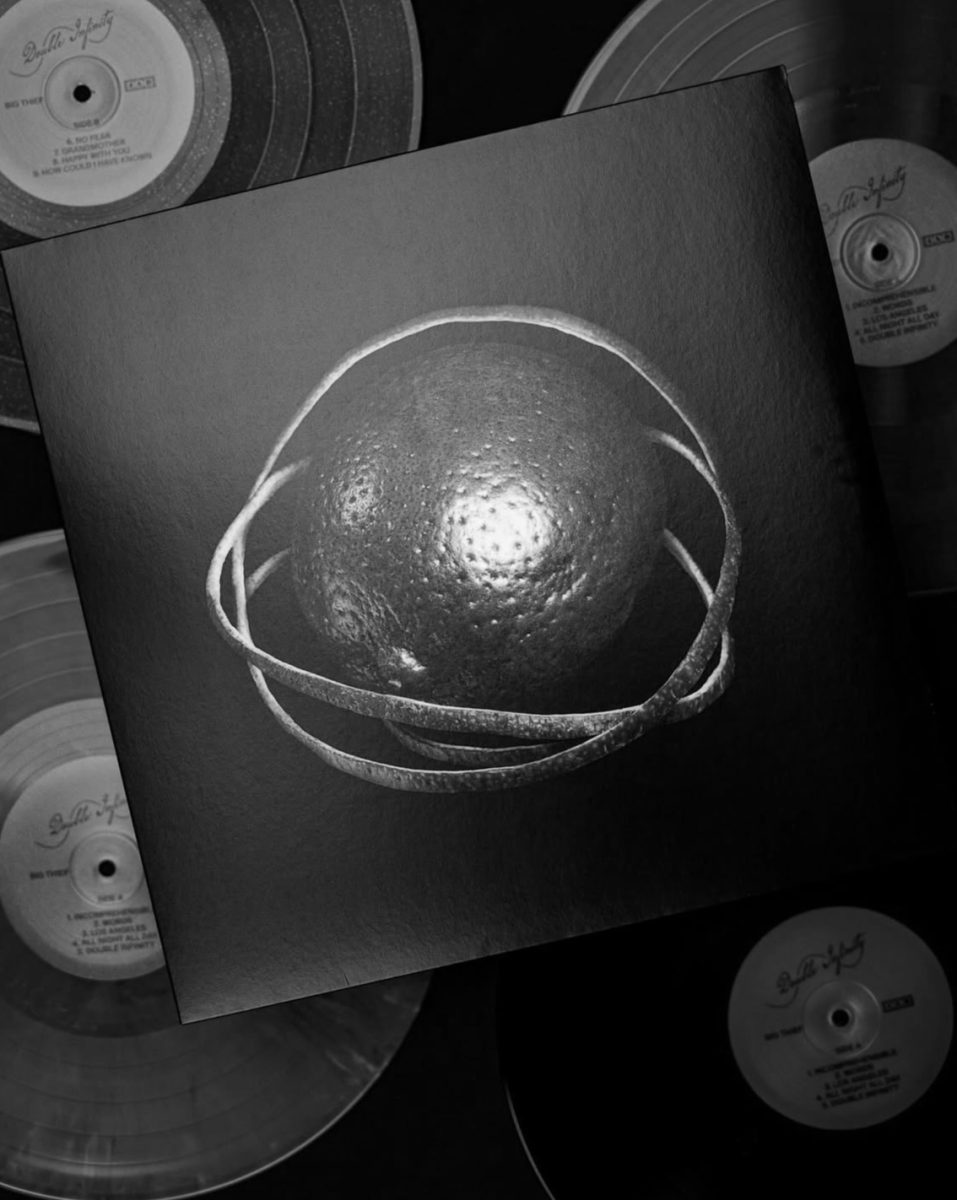
By Katie Meyer
The year was 1977. NASA, better-funded than it is today, launched two probes: Voyager 1 and Voyager 2. They set out, nearly 40 years ago, to explore Jupiter and Saturn and send data back to Earth. By today’s standards they were relatively simple machines, but even so, those two spacecraft were, and are, just about the coolest darn things we humans ever did. And, that’s because they carried a message.
Attached to the front of both crafts are identical 12-inch gold-plated records. And within those records, encoded in the grooves and decipherable only with a needle, is the best representation of earth and the human experience that a little group of researchers, led by renowned, all-around science guy Carl Sagan, could muster.
There are sounds from nature — waves, thunder, whale song. And there are human sounds too: greetings in 55 different languages from all regions and eras of the world, as well as music, from Peruvian pan pipes to a Beethoven symphony to Chuck Berry’s “Johnny B. Goode.”
There are also images in the record, with instructions on how to decode and interpret them. They depict the human form, different facial expressions and an array of races and cultures. There are chemical formulas, cities and wild places on Earth. Printed messages are included too, from the UN Secretary General and the US President at the time, Jimmy Carter (ostensibly the eternal leader of earth, as far as anyone who finds the record is concerned).
Finally, there are human stories encoded in the record, in a way. They’re in the form of brain waves. During the making of the record, in a fit of really, really great planning, Sagan and the project’s creative director, Ann Druyan, fell in love, and Druyan had the idea to try to translate her love into sound for the record. She measured her brain’s electrical impulses and recorded them, and now, somewhere in the universe, there is a record of a human mind thinking about, as Druyan said, “the wonder of love, of being in love.”
And, it really is out in the universe now. After the Voyager crafts reached Jupiter and Saturn, their mission was extended, and they went on to explore and send data from the outer planets as well. Now, they’re farther from the Earth than any man-made object has ever been; in August 2012, Voyager 1 left our solar system for interstellar space, traveling at 38,610 miles per hour. Voyager 2 is currently in the farthest reaches of the solar system. It will be 40,000 years before either craft comes close to another star.
Both crafts are still sending back data, as well as emitting electromagnetic radiation intended to alert other intelligent life of their presence, should they ever get close enough.
In a way, I feel that this electromagnetic radiation, likely reaching no one, slowly dwindling, points at what it really means to have blasted these records out into space. It’s a desperate attempt to connect with something, anything, that might be out in the universe. We don’t know who we are aiming for, or where, or if they are there at all. It’s a painstaking, loving, probably naive shout into a void that, as far as we logically know, does not care.
I think Sagan himself said it better than I ever could. “The spacecraft,” he said, “will be encountered and the record played only if there are advanced space-faring civilizations in interstellar space. But the launching of this ‘bottle’ into the cosmic ‘ocean’ says something very hopeful about life on this planet.”
And what hopeful thing is that, Carl Sagan?
I can’t say for sure. But I do know one thing: the fact that we humans would go to great pains and expense to send a message that has an infinitesimally small chance of ever being received means that if nothing else, humans are optimistic creatures. We try.
We are limited, and in the context of the entire universe, maybe irredeemably so. But, we use our bodies and brains and limited resources to stretch the boundaries and find out more. Maybe it doesn’t mean anything; maybe there’s really nothing to find. But, we do it anyway.
Meanwhile, the Voyagers are still going.







































































































































































































